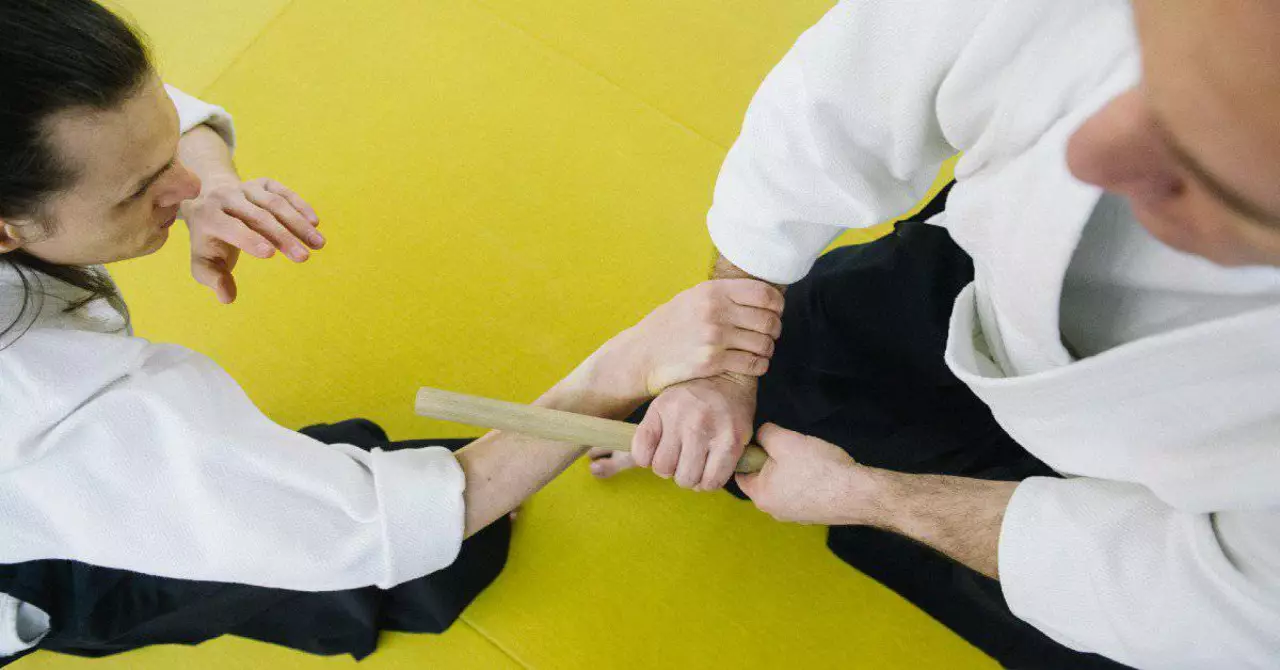Realistic Martial Arts
When talking about realistic martial arts, practical combat methods that actually work outside the dojo. Also known as realistic self‑defense, it focuses on techniques you can rely on in everyday threats. Many practitioners turn to Aikido, a Japanese art that blends joint locks and throws with a philosophy of blending rather than meeting force because its principles can be reshaped for street‑level encounters. Internal martial arts, styles that emphasize breath, balance and the flow of energy rather than raw strength provide a softer yet equally effective toolkit for close‑quarters altercations. Weapon‑oriented training, such as work with the jo staff, a four‑foot wooden stick used to develop distance control and timing or short blades like daggers, compact knives useful for defensive edge work, rounds out the realistic approach. In short, realistic martial arts encompass adaptable moves, minimal reliance on strength, and purposeful weapon integration.
One key attribute of realistic practice is adaptability: techniques must translate from a padded mat to a gritty street. This means training with unpredictability, using random attackers, and rehearsing scenarios like multiple opponents or surprise grabs. Another attribute is efficiency – a single, well‑timed motion often replaces a series of flashy strikes. For example, a properly executed Aikido wrist lock can neutralize a larger aggressor without a prolonged struggle. Internal styles add the ability to stay calm under pressure; the focus on breath and core stability lets a defender maintain balance when shoved or grabbed. Weapon work sharpens timing: swinging the jo at the right moment creates a barrier, while a dagger thrust can end a threat quickly if distance collapses. Together, these elements forge a self‑defense system that feels natural, not contrived.
Below you’ll find a curated set of articles that dive deeper into each of these pieces. We cover everything from why some critics call Aikido “useless” to how internal martial arts can outperform brute force in a real fight. You’ll also see comparisons of major martial arts styles, practical tips on dagger and staff usage, and real‑world examples of martial techniques in action. Whether you’re a beginner curious about realistic training or a seasoned practitioner looking for fresh angles, the posts ahead offer concrete insights you can start applying today. Let’s get into the details of realistic martial arts and see how each concept plays out in everyday safety.
